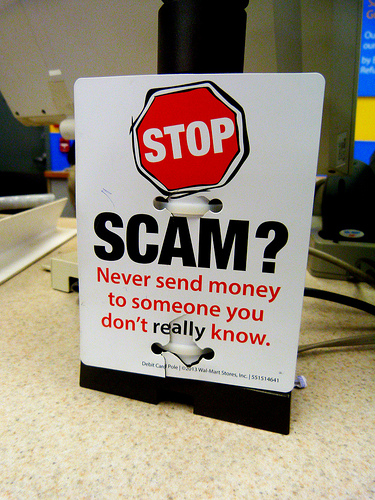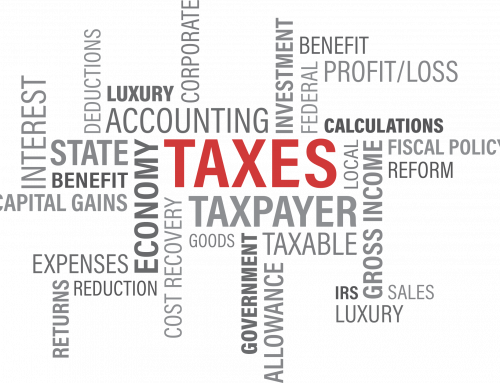It seems as though every year, as people gear up for tax time, there’s a new type of fraud or cyber attack that crops up. Scammers apparently just love taking advantage of how busy people are, and how badly people want to do the right thing when it comes to dealing with government authorities like the Tax Office.
Unfortunately, this year is no exception. Security industry commentators have already predicted a variety of new scams targeted at Australian taxpayers. In February this year, the ATO warned of a number of scams including a fake BAS notification email including a link that, when opened, would download some rather scary malware. Anonymous web-based SMS services now allow would-be scammers to ‘phish’ for potential fraud victims with even more specificity. Scam emails, phone calls and other messages have varying levels of sophistication.
One simple thing to be aware of is that the ATO will never contact you asking for personal details or credit card information. You will never be emailed a request for payment. Instead, you’ll usually get an official letter sent to your registered postal address, or a notification asking you to log in to your secure myGov account to view a message. This means you can be relatively sure that any text or email you receive purporting to be from the ATO is false. If in doubt, call the ATO’s official numbers and ask if they’ve sent you anything recently. The same principle generally applies to other government agencies and regulators.
Follow these few simple steps and trust your instincts if an email or phone call seems suspect and you’ll avoid becoming ‘just another scam statistic’ at the end of the financial year.
Photo by The Sales Whisperer 
Photo by Rusty Clark ~ 100K Photos 



